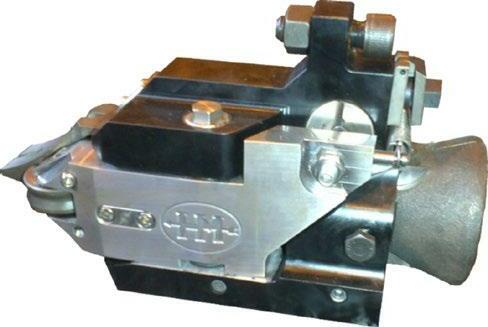
7 minute read
Intelligent guides and bms for bar mills
edited by: E. Galeazzo, S. Capra
Intelligent guides may be considered the greatest example of Industry 4.0 applied to rolling mills. The Morgårdshammar brand is ready to launch patented packages on the market: RollX and Wide Smart Guides (WSG): automatic, motorized guides for any bar and wire rod rolling mill. MH is ready to supply a complete series of motorized guides for rolling mills to make them “Smart, digital and safe” (operators are not necessary on the floor).
Bearing Monitoring System (BMS) for guides. To detect the speed of guide rollers thanks to sensors mounted on the roller holder, so that the condition and performance of bearings and rollers can be controlled during the production process. The BMS can be applied to all standard MH guides, new and used, and on the new series of motorized guides.
KEYWORDS:
ROLLX, WSG, INTELLIGENT GUIDES, BMS, INDUSTRY 4.0, HMI
Intelligent Guides For The Industry
4.0
The technological development that has pervaded the market over recent years has contributed to renew the rolling guides concept.
Through the introduction of sensors and actuators, roller guides have been transformed from a mere mechanical device to guide the rolled section into a feedback system on the rolling process of the plant.
Intelligent Guide should be considered the greatest example of Industry 4.0 applied in a rolling mill.
Conventional Guides
In conventional roller guides all adjustments are manual. Moreover, they have a strong design with oversized components to resist to high forces and increase their lifetime, while also resisting in case of wrong settings.
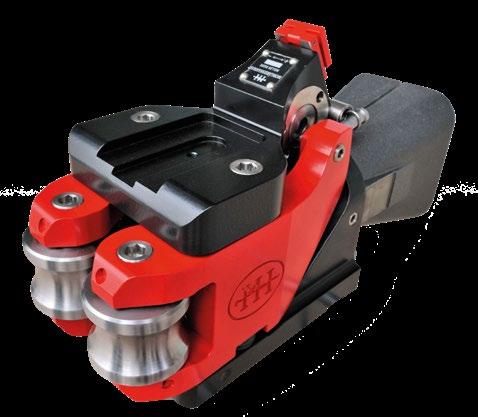
Fig.1 - “Conventional guide” for the rolling mill.
Fig.2 - “Conventional guide” for FFB.
The main drawback of manually setting the roller guides is that the operator can occur in potentially dangerous operation that can cause issues on either the roller guides or the rolling process.
Roller guide too tight → Increasing forces on both the body with possible bushing deformation and the bearing with possible breakage; Roller guide too loose → The bar is neither correctly guided nor free to move without homogeneous roller wear and roll wear. This wrong setting can affect the final bar quality and tolerance.
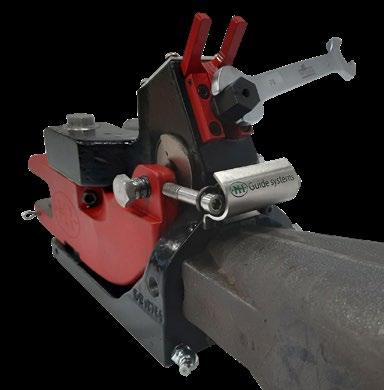
safer work environment for all operators along the rolling mill. Intelligent Guides control material size, wear, speed and alignment by means of constant force control that is maintained throughout rolling. This means less roller wear, longer bearing service life, reduced maintenance and longer service life in the mill.
These guides can provide more than 23 hours of continuous rolling, with constant monitoring of the following parameters:
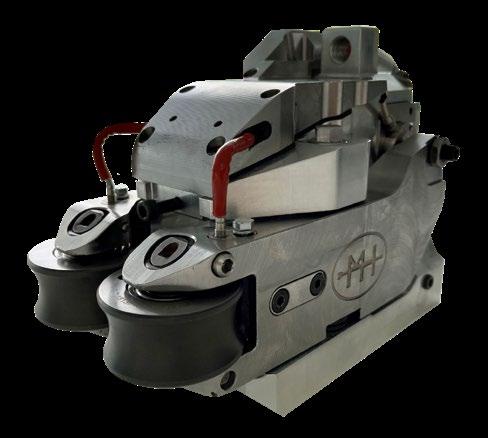
— rolled section size where an Intelligent Guide is installed;
— detection of groove wear to ensure quality and tolerance of the final product; — tensile stress in the mill.
Fig.3 - Single-point adjustment to manually set the gap.
Roller guide misaligned with the groove → This can happen on the rolling mill finishing stands, especially on vertical ones where the alignment is made in an horizontal configuration before tilting. In operation on the blocks due to shaft elongation the guide remains in the same position while the grooves move with the shaft. These misalignment also causes roller and rolls bad wears.
On the finishing stands and on the fast finishing blocks it is very important to ensure the perfect alignment between the roller guide rollers and the groove in order to achieve a good final bar quality and very close tolerances.
Year 2020 we don’t have enough instruments to control the rolling process. For instance, on the blocks ‘’we know what is entering and exit but we don’t know what is happening inside the black box’’ this is what one the main customer’s operators said.
We must consider also that the rolling mills are the most dangerous place for workers and the roller guides sometimes need operators on the mill, who also need to be very close to the hot-rolled stock to check and adjust them.
INTELLIGENT GUIDES – ROLLING MILL REVOLUTION
Intelligent guide packages are a manufacturing revolution. By receiving real feedback on each billet, managers can act in a predictive way and reconsider standard rolling mill production. The guide system can be equipped with HMI to provide a

The Intelligent Guides can be set up in less than one second, significantly improving overall equipment efficiency. The high flexibility of these intelligent guides makes it possible to roll different products without guide changes or rolling line stoppages, this is one of the major benefits of this solution. Also, return on investment is very fast: roughly one year for each plant. Additionally, the auto-setting function reduces the risk of cobbles and the reduction wear in the consumable parts will cut warehouse costs, making the product advantageous in terms of maintenance.
Last, just one click on the control-desk to completely setup a rolling mill. This is the concept of Danieli Intelligent Guides.
With the Intelligent guide we can avoid the abovementioned risky operation, and we can achieve:
— Better roller guide setting and adjustment; — Misalignment problems resolution; — Rolling process control; — Safe working conditions; — Conversion of the rolling mill to Industry 4.0.
Fig.4 - RX motorized guide for Rolling mill. Fig.5 - WSG - motorized guide for blocks and finishing stands.
The main features of the Intelligent guide are:
— Automatic force and position control of rollers during guiding;
— Measurement of dimension, force and vibrations etc.;
— Bearing monitor system;
— Stand-alone automation system as well as possibility of fully integrated system;
— Increased plant flexibility;
— Minimized risk for cobbles;
— Cost-efficient wear parts;
— No man on the floor – safety first.
Fig.6 - Motor in the RX.
We are taking the one single point to the extreme and now have one setting point for the complete mill, with a simple click.
Process Optimization: If guide settings can be changed really quickly and the guide is located at a fixed position in the mill, then you could side shift the stands to another
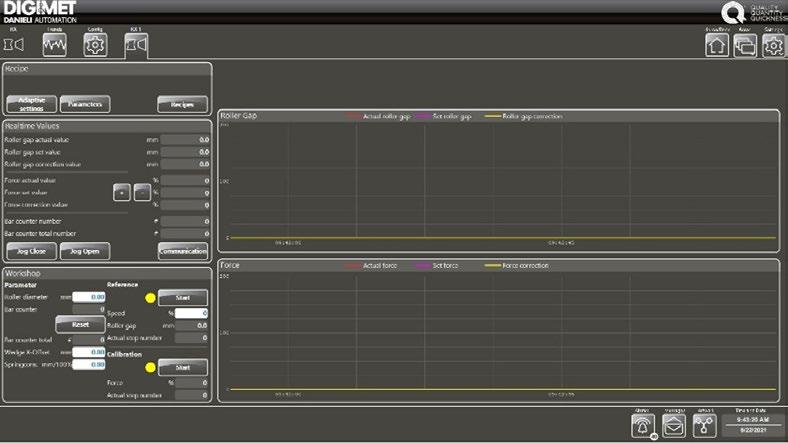
RollX – Intelligent guide for rolling mill
A key component in the design of the guide is of course the servo motor that is controlling the gap between the roller holders by means of force and position control. It can calculate the position and give feedback on the dimension of the stock. The roller holders adapt to continuous change in the dimension. Thus, the guide can handle variations of the stock and automatically change dimensions inbetween billets.

Fig.7 - HMI (nuovo HMI di DA).
groove in the rolling stand and be ready to roll a new dimension. In that case you would be able to roll everything, from 22 to 26, finishing in one stand with one guide setting. Traditionally you must change entry guide halves when making big changes in dimension, but with this concept you don’t have to do that.
Fig.8 - Pass schedule example.
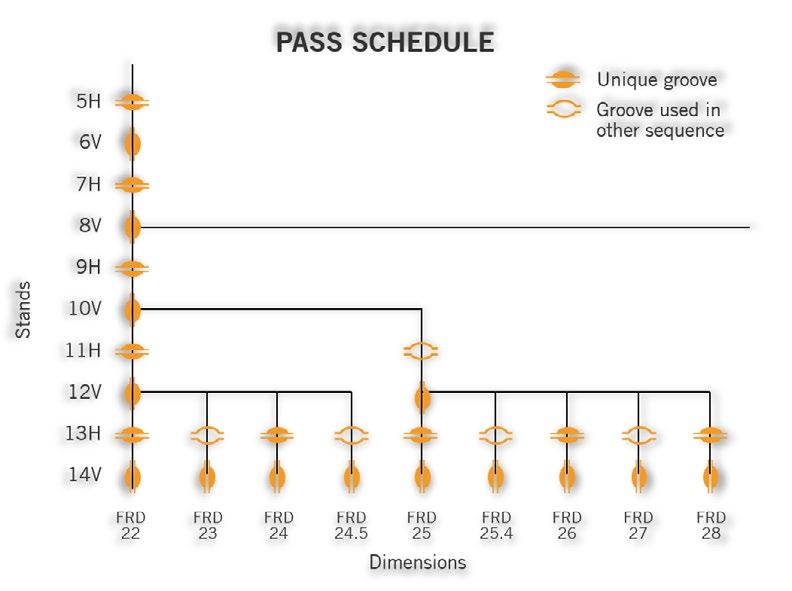
Energy savings and optimization: If you have a traditional rolling schedule, heating is done in steps for each dimension, which means that waiting time is pretty heavy when changing in the furnace temperature multiple times for each dimension. With the RX planning concept multiple dimensions are loaded in the furnace for one temperature at the same time. By doing so, you can save a lot of setup time for temperature in the furnace. And of course you also save energy because you will reduce the total time needed for production. But the big gain is in the time saved in waiting while the furnace is heated to the right temperature.
Fig.9 - Traditional rolling schedule.
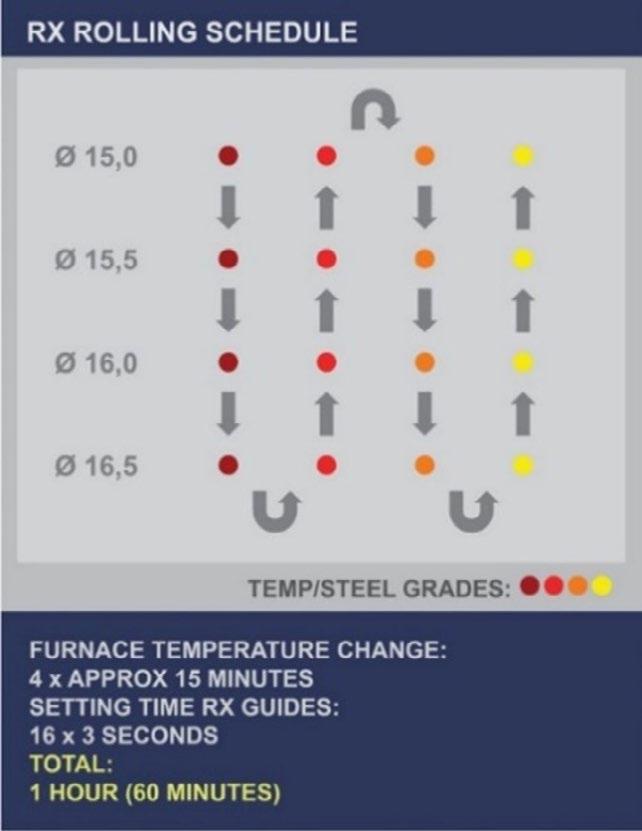
WSG – Intelligent guide for the FFB
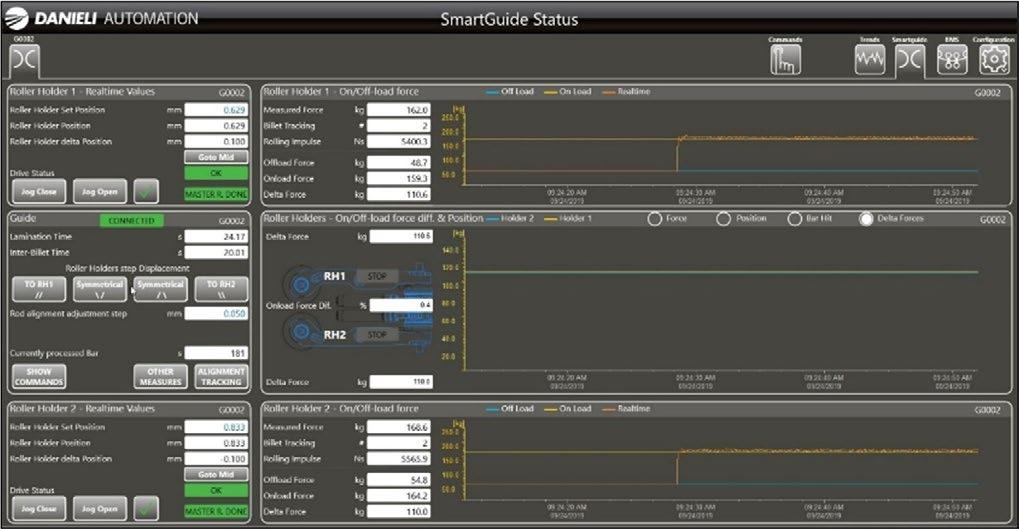
As per the RX on the rolling mill, the setting can be set up automatically also in the WSG thanks to two servo motors. Due to the maximum precision requested in the FFB we decided to use two motors in order to control and move independently the position of the left or right roller holders.
Fig.10 - RX rolling schedule.
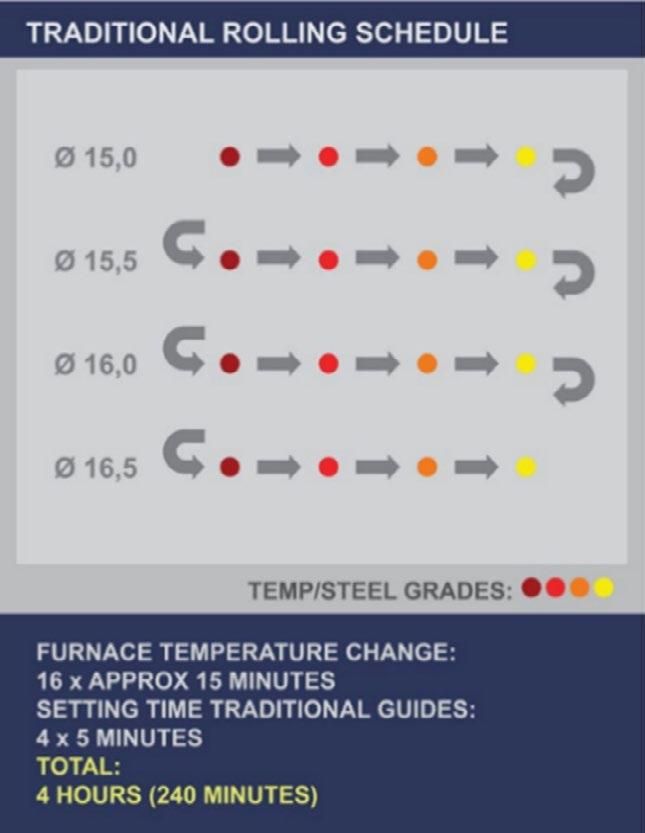
Two force sensors measure the value of pressure from the bar and the possible misalignment with respect to the groove (detecting the force each side).
Fig.12
We can define different bar’s pressure according to steel grade, and control the forces in order to avoid problems on the roller guide.
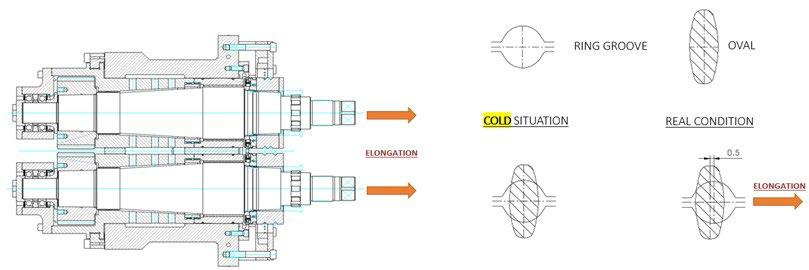
Fig.13 - Block elongation.
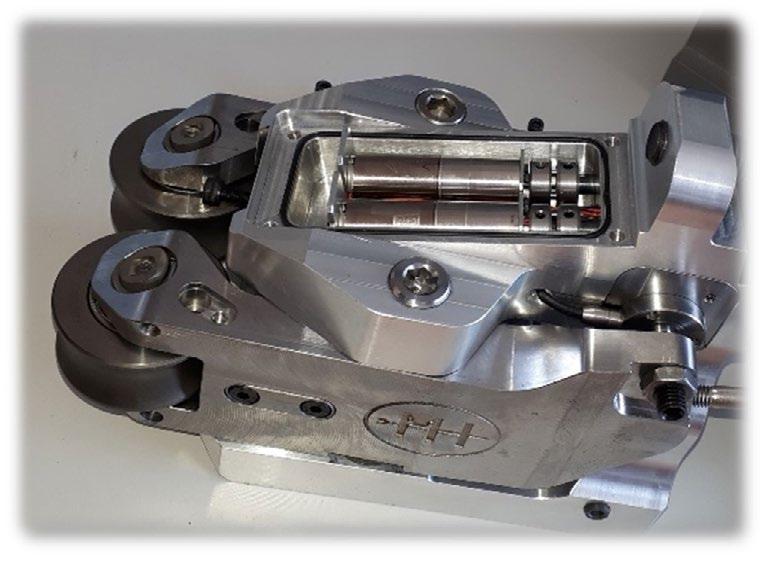
Moreover, due to the increasing of the temperature inside the FFB, during rolling the shafts can elongate up to 0.5 mm: this means that the guide remains in the starting position while the rings (and the groove) move. The WSG is able to detect also this misalignment thanks to the force sensor, and adjust itself with the motors. The guide is always set up correctly.
Now we’re able to know what is happening inside the block! This isn’t only a guide but a useful instrument to control the process.
New Bms System
Another tool to drive the rolling mill in the Industry 4.0 is the BMS. We applied two inductive sensors (one on each roller holder), and thanks to these devices we are able to detect the slot on the rollers and count the revolutions per minute (rpm).
If the rpm is not compatible with the bar speed or it isn’t balanced between the two rollers, an alarm indicates a bearing problem.
— Detect vibrations and tension for each pass;
— Bearing control and warning; — Stand-alone automation system as well as possibility of fully integrated system;
— Minimized risk for cobbles; — Cost-efficient wear parts; — Bearing monitoring system to check the bearing status and avoid mill problems (cobbles) due to bearing breakages;
— Reusing the bearings in good condition and consequent cost savings;
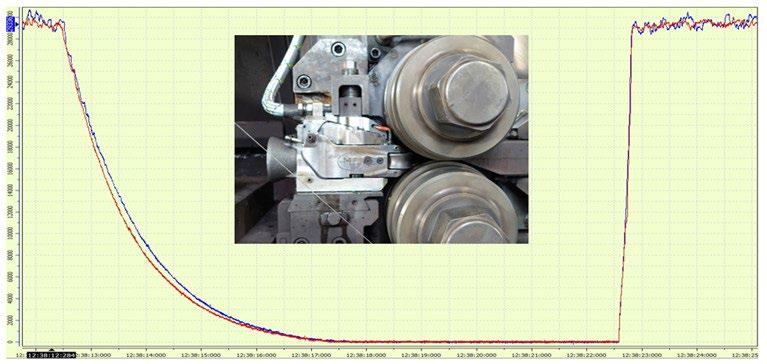
— Possibility to know how much time the roller takes to reach the maximum speed (bar speed) when the head comes and stop; — the rotation when the tail leaves the guide during interbillet;
Fig.15 - Deceleration detection.
All the Intelligent Guides described above are natively equipped with the BMS, but this system can be applied to all standard Danieli/MH guides new and existing on site.
With the Intelligent Guides and the BMS system, the future is now.






